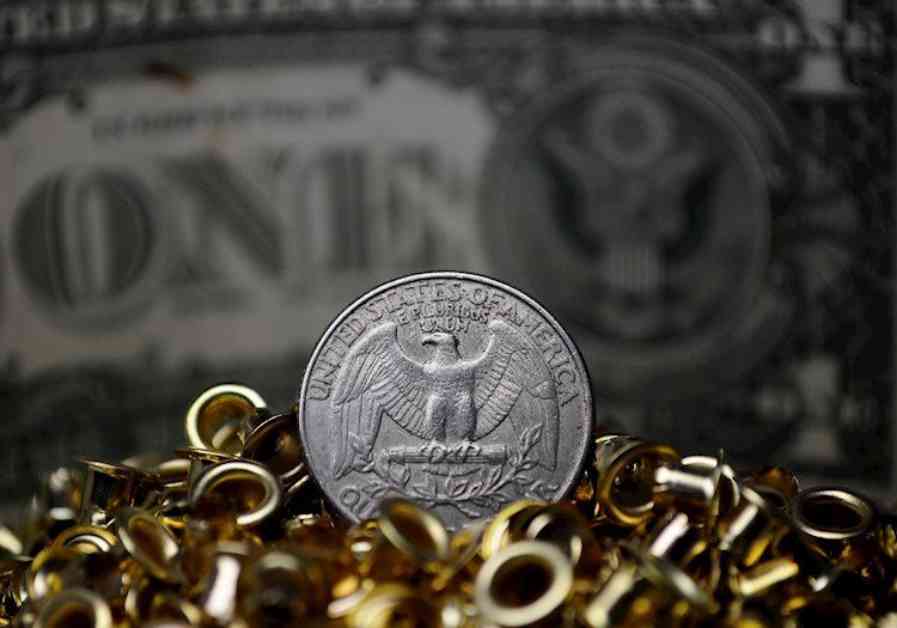The US Dollar, as measured by the DXY Index, faced some challenges in bouncing back after the release of mixed Personal Consumption Expenditures (PCE) data. There is uncertainty in the market regarding a potential interest rate cut by the Federal Reserve (Fed) in September, even though expectations have slightly decreased.
Recent signs of disinflation in the US economy have led to speculations about a rate cut next month. However, Fed officials are proceeding with caution and are closely monitoring the data. The upcoming Federal Open Market Committee (FOMC) meeting will be crucial in determining the short-term market trends.
The core PCE data, excluding volatile food and energy prices, showed a steady growth of 2.6% annually, surpassing economists’ expectations of 2.5%. Additionally, the monthly core PCE inflation, a key indicator for the Fed, rose to 0.2%, higher than the anticipated 0.1%. Despite this consistent growth, expectations for interest rate cuts in September remain, with projections of two cuts by the end of the year.
Looking at the technical outlook for the DXY Index, bearish signals are still prevalent despite efforts to maintain the 200-day Simple Moving Average (SMA). The index’s direction will likely depend on its ability to sustain the SMA, but indicators such as the Relative Strength Index (RSI) and Moving Average Convergence Divergence (MACD) remain negative but stable. Support levels are identified at 104.15 and 104.00, while resistance levels are at 104.30 and 104.50.
The Federal Reserve plays a crucial role in shaping US monetary policy, with a focus on maintaining price stability and promoting full employment. By adjusting interest rates, the Fed aims to control inflation and unemployment rates. In situations of high inflation, the Fed raises interest rates, strengthening the US Dollar. Conversely, lowering interest rates can stimulate borrowing and weaken the Dollar.
The Fed holds eight policy meetings annually, where the Federal Open Market Committee (FOMC) evaluates economic conditions and makes policy decisions. Quantitative Easing (QE) is a tool used by the Fed during crises to increase credit flow, while Quantitative Tightening (QT) involves reducing bond purchases to strengthen the Dollar.
In conclusion, the US Dollar’s performance is closely tied to the Federal Reserve’s decisions and economic indicators. The market awaits the outcome of the upcoming FOMC meeting to gain clarity on future monetary policy actions. Investors should stay informed and conduct thorough research before making any investment decisions in the current financial landscape.
















